
The multiverse is everywhere. The niche, nerdy concept long discussed among comic book nerds and featured in shows like Doctor Who has taken over the movies—and not just superhero films from the Marvel Cinematic Universe and DC Entertainment Universe, but indie films like Everything Everywhere All at Once.
The term “mutiverse” describes the idea that there are many, perhaps even infinite, parallel universes. Different versions of the same person can exist in different universes: think Tom Holland’s Peter Parker meeting Andrew Garfield’s Peter Parker in Spider-Man: No Way Home. But different circumstances can also set different characters on similar trajectories in different universes: think Miles Morales becoming Spider-Man in one universe, and Gwen Stacy becoming Spider-Woman in another, parallel, universe in Spider-Man: Into the Spider-verse. Multiverse stories often involve different versions of the same character popping up in a single movie.
From a corporate perspective, multiverses can also be a handy device to unite characters who have otherwise existed in different worlds. For example, Marvel Studios is currently finding ways to integrate the X-Men into the Marvel Cinematic Universe. Ushering the mutants in from a parallel universe is a lot easier than explaining where these superhumans were when Thanos attacked earth and the Avengers could have used their help.
It can all be rather confusing. But we’re here to catch you up. In this cinematic multiverse list, you’ll find everything you need to know about these big, sprawling universes. From superheroes to Star Trek, here’s what’s coming next:
The X-Men Multiverse
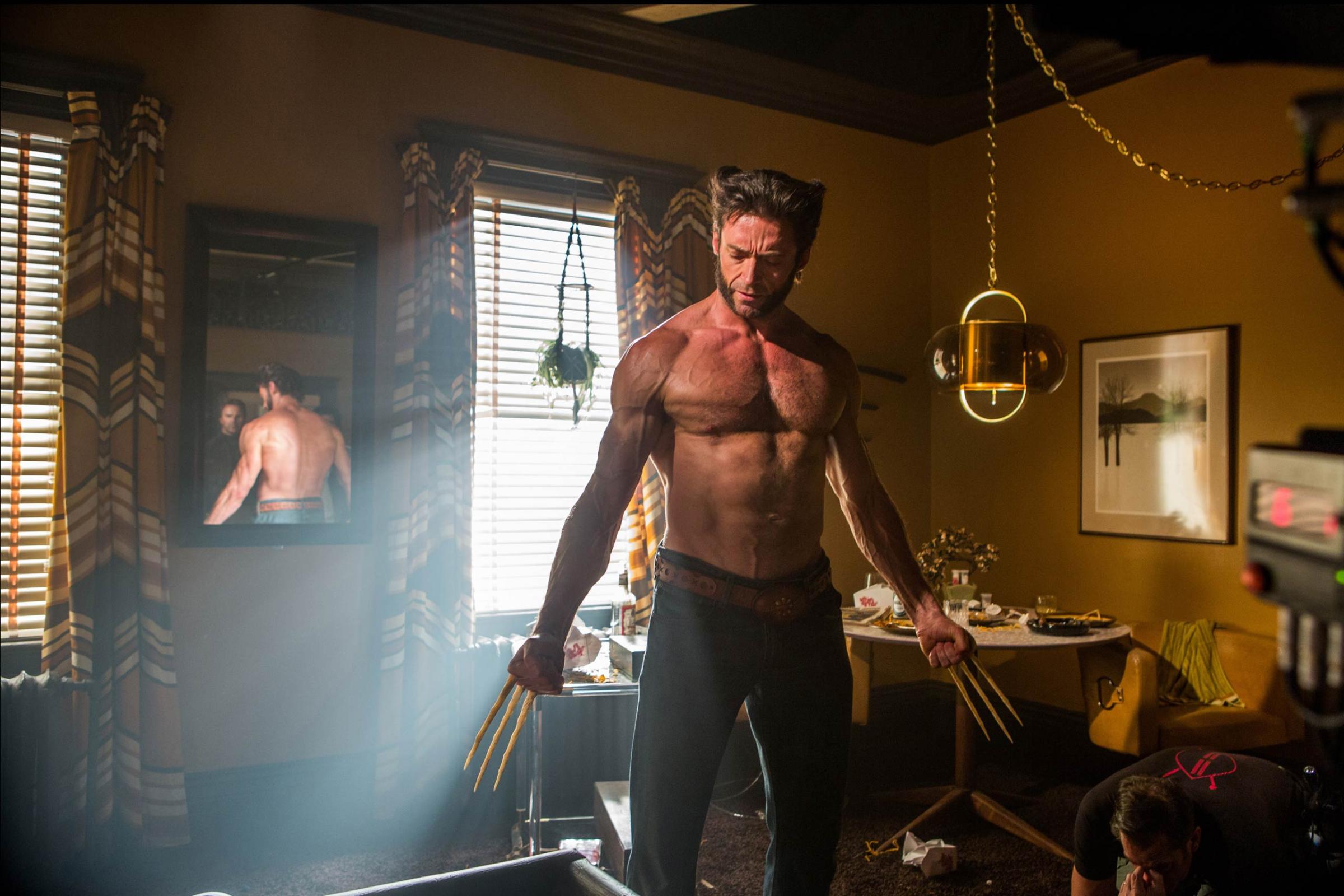
What are the relevant movies?
X-Men: Days of Future Past (2014), possibly Doctor Strange in the Multiverse of Madness (2022)
Who broke open this multiverse?
Kitty Pryde in X-Men: Days of Future Past
What happened?
In the early 2000s, 20th Century Fox made three X-Men movies (X-Men, X2: X-Men United, and X-Men: The Last Stand) with a cast that included Patrick Stewart as Professor X and Ian McKellan as Magneto. After a Wolverine spinoff movie called X-Men: Origins failed to connect with critics, Fox decided a refresh was in order. The studio released a prequel movie called X-Men: First Class in 2011 that told the origin story of the super-team with James McAvoy and Michael Fassbender playing young versions of Professor X and Magneto.
Then the creators came up with a pretty mind-bending idea: what if they could stuff Stewart, McKellan, McAvoy, and Fassbender all in the same movie by jumping back-and-forth in time?
X-Men: Days of Future Past is a pretty nifty movie that basically erases the events of the much-maligned X-Men: The Last Stand and X-Men Origins from its cinematic universe while making the most of its high-powered cast. The film begins in an “apocalyptic future,” which in this case is the year 2023 (oof!). Stewart and McKellan’s Professor X and Magneto are evading robots called Sentinels that seek to destroy anyone with the mutant gene. Their only hope to save mutant-kind is to send back an emissary to the 1970s to stop the Sentinels from ever being created in the first place. With the help of Kitty Pride (Elliot Page), they send Wolverine (Hugh Jackman) back in time to recruit young Professor X and young Magneto (McAvoy and Fassbender) to join him in stopping the creation of the Sentinels. The team succeeds, and when Wolverine returns to 2023 he finds it radically altered: not only are there no Sentinels, but characters who had died are now alive.
Fox has always remained a bit unclear on whether Wolverine’s traveling back in time created branching timelines, or whether the “new” timeline replaced the old, apocalyptic one when Wolverine returned from his journey. The X-Men movies that came after Days of Future past never seemed particularly concerned with answering this question. They don’t even seem particularly concerned with why Fassbender’s Magneto didn’t seem to age between the the Cuban Missile Crisis in First Class and the Clinton era of Dark Phoenix, or how he transformed into gray-haired McKellan just a few short years after that. But it’s safe to assume that X-Men: Apocalypse, X-Men: Dark Phoenix, Logan, Deadpool, and Deadpool 2 were all set in the new timeline created by Days of Future Past.
Unfortunately for all the mutants, Logan, which is set in 2029, also depicts an apocalyptic future, albeit a different one where most of the X-Men were accidentally killed off by Professor X, who now suffers from dementia and deadly seizures. That means that the X-men only bought themselves six more good years before dying in another gruesome fashion. At the end of Logan, Wolverine’s protege Laura (a.k.a. X-23) leads a band of young mutants who have escaped government capture and experimentation to Canada. Jackman has hinted that Logan took place in a parallel universe from Days of Future Past, but it’s unclear if that’s the case.
Read More: Breaking Down the X-Men Timeline

What’s next?
Disney acquired 20th Century Fox in 2019, and presumably has been plotting how to get the X-Men into the MCU ever since. One obvious route is through Wanda Maximoff (Elizabeth Olsen). Technically, because Wanda Maximoff (a.k.a. Scarlet Witch) and her twin brother Pietro (a.k.a. Quicksilver) are mutants and Avengers, both Fox and Disney owned the rights to them. In fact, Quicksilver showed up in both the Avengers movies (played by Aaron Taylor-Johnson) and the X-Men movies (played by Evan Peters).
Pre-acquisition, the Avengers movies suggested that siblings got their powers when they were experimented upon with an Infinity Stone. But the show WandaVision revealed that, in fact, Wanda had powers before she was made into a lab rat and the experiments only enhanced her abilities. Likely, she and her brother had the mutant gene. WandaVision briefly teased some unification of these two universes by casting Peters as a man masquerading as Taylor-Johnson’s Quicksilver.
Read More: All of Your WandaVision Questions Answered
But now Marvel Studios has confirmed that we will finally, officially get an X-Men cameo in Doctor Strange in the Multiverse of Madness: Patrick Stewart’s Professor X is set to appear in that film. He will be a part of an organization called The Illuminati that, in the comic books, includes figures like Tony Stark (who died in Avengers: Endgame) and Fantastic Four’s Reed Richards. (John Krasinski is rumored to be playing Richards in the MCU; he was previously played by Ioan Gruffudd and Miles Teller in earlier Fantastic Four films but is likely getting a reboot.) Based on the trailer, it looks like this Illuminati will have representatives from across the multiverse, and thus from across cinematic universes that Marvel now owns, including the X-Men universe. Creating a situation in which the X-Men can enter the MCU story through a parallel universe is an elegant solution to several problems.
If Marvel Studios suddenly introduced mutants into the MCU, fans would wonder where they were when Ultron or Thanos was trying to destroy the earth. The Eternals begged similar questions about the god-like beings in that film, and did not answer them in a particularly satisfactory way. Also, one of the best and most important X-Men characters, Magneto, is grounded in a specific timeline: he’s a Holocaust survivor, and that’s an essential part of his origin story and motivation. So if the X-Men enter the MCU from a parallel universe, Marvel could preserve their origin stories.
Is it working?
At lot of people found Days of Future Past extremely confusing when it was released. But moviegoers are now more familiar with the multiverse concept, and as a pure piece of entertainment, that movie is among the better X-Men offerings. Plus, whatever the flaws of the later X-Men films (and there were plenty) the casting of James McAvoy as Professor X and Michael Fassbender as Magneto were excellent.
The Marvel Cinematic Universe Multiverse
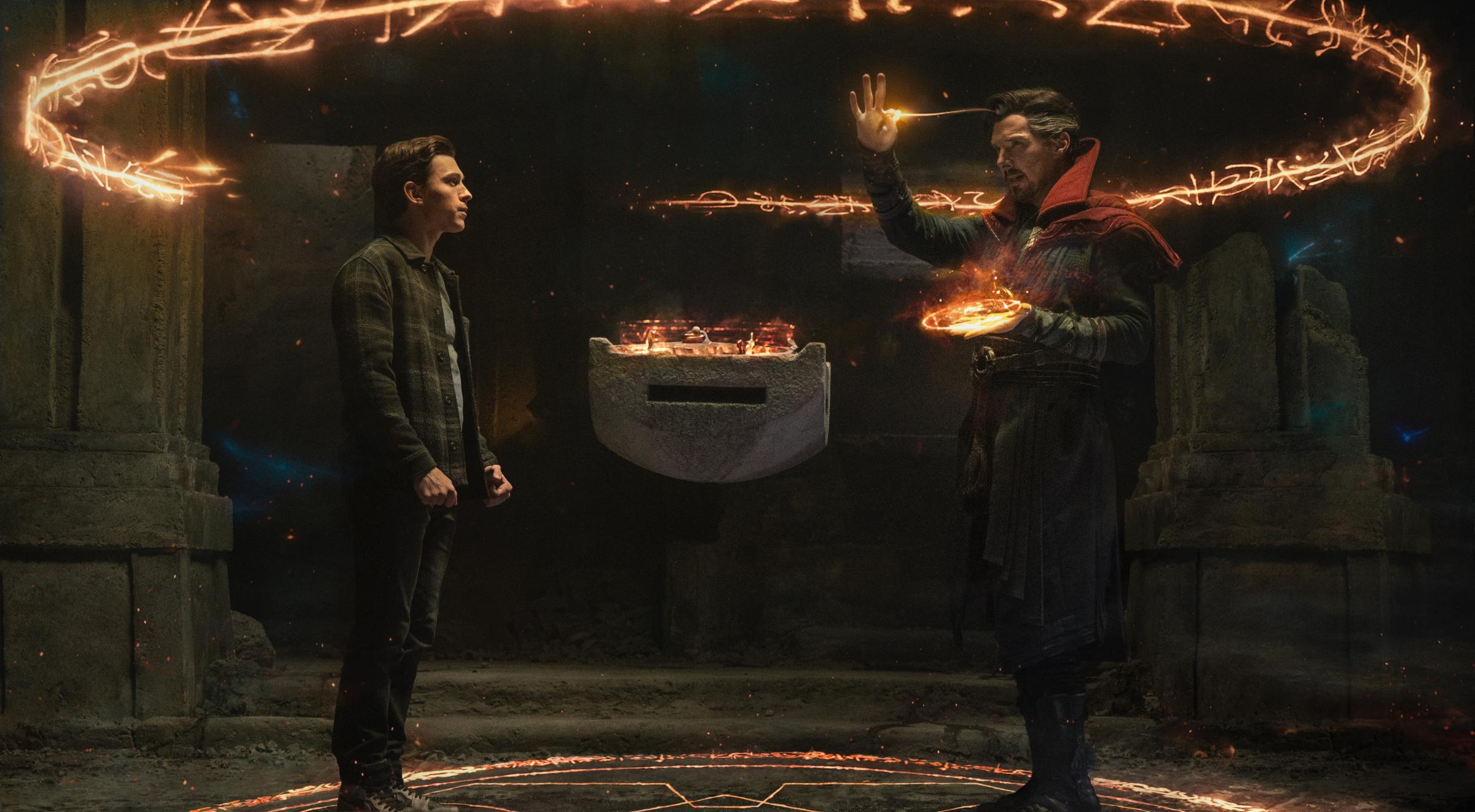
What are the relevant movies (and shows)?
Avengers: Endgame (2019), Loki (2021), What If…? (2021), Spider-Man: No Way Home (2021), Doctor Strange in the Multiverse of Madness (2022)
Who broke open this multiverse?
Captain America in Avengers: Endgame, Kang the Conquerer in the Disney+ show Loki, and Doctor Strange in the movie Spider-Man: No Way Home. (It’s complicated!)
What happened?
There’s plenty of blame to go around for breaking the single timeline in the Marvel Cinematic Universe. One could start by calling out Steve Rogers (Chris Evans). In Avengers: Endgame, Captain America and the other Avengers had to steal Infinity Stones from different moments in the MCU’s past in order to gather them together and defeat the villain Thanos (Josh Brolin). Captain America was tasked with returning all the Infinity Stones to their original place in the timeline so as not to accidentally create branching timelines, which, in fairness, he managed to accomplish. But he also traveled back to the 1940s to reunite with his love Peggy Carter and live out his days incognito. Presumably, another version of himself was frozen in ice until the early 2000s before becoming an Avenger. The movie implies that he didn’t actually break any rules. It deploys that time loop logic that modern-day Steve marrying Peggy in the 1940s happened because it always happened: earlier Captain America movies hinted that Peggy was married; now we just know it’s to a Steve Rogers who traveled back in time.
So let’s assume Steve is off the hook. Next, we have to look at Kang the Conquerer. The TV show Loki centers on Loki traveling through the multiverse and discovering that there are variant Lokis in other timelines, including ones that look like him (Tom Hiddleston) and ones that don’t—there’s a female Loki, a child Loki, even a alligator Loki. In the final episode of the show, a brilliant scientist named He Who Remains, who is played by Jonathan Majors, reveals that he discovered the multiverse and that different versions of himself battled for domination. It created mass chaos and death, so He Who Remains defeated his other variants and united all the multiverses into a single, stable timeline called the Sacred Timeline, which he rules. In order to maintain that timeline, he kills off variants of the main timeline. Loki and a female version of Loki named Sylvie (Sophia Di Marto) confront He Who Remains, who gives them a choice. Loki and Sylvie can kill He Who Remains and unleash the chaos of the multiverse—including an evil variant of He Who Remains named Kang the Conquerer—or let He Who Remains live and allow Sylvie and the other variants to die. Sylvie kills He Who Remains, and an infinite number of timelines begin dangerously branching off the Sacred Timeline. Loki wakes up in a universe that’s been conquered by Kang the Conquerer.
Read More: Here’s What the Loki Finale Means for the Future of Marvel Movies
The animated Disney+ series What If…? illustrates a bunch of these alternate universes, including one where the Avengers battle zombies (and some even become undead), one where Doctor Strange becomes corrupt with power, and one where Peggy Carter takes the super-soldier serum and battles a multidimensional space octopus thing (all of which look to be relevant plot lines for Doctor Strange in the Multiverse of Madness).
We have not yet seen the consequences of Sylvie’s murder of He Who Remains in the MCU movies, but we did see the timeline shatter in yet another way in Spider-Man: No Way Home. Doctor Strange (Benedict Cumberbatch) casts a spell to make everyone forget that Peter Parker (Tom Holland) is Spider-Man, but the spell backfires and summons characters from parallel universes into the their universe—including Spider-Men played by Tobey Maguire and Andrew Garfield. By the end of the film, Doctor Strange seemingly repairs the damage to the universe and sends all the heroes and villains who don’t belong in their universe back home. In order to do that he must cast a spell that makes everyone in all universes forget who Peter Parker is.
But trailers for the upcoming film Doctor Strange in the Multiverse of Madness imply that Doctor Strange’s actions may have had unforeseen consequences, and the universe is officially fractured.
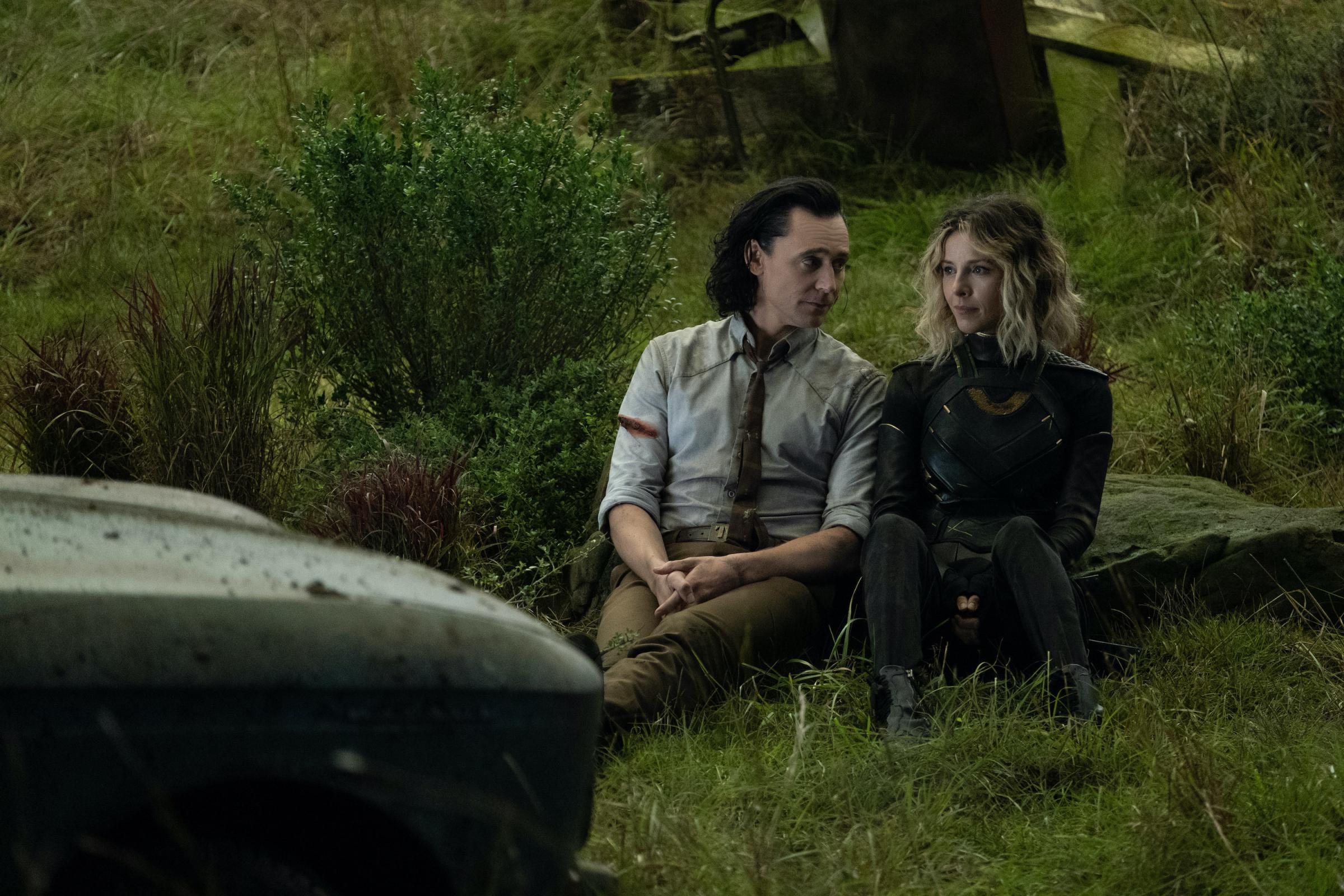
What’s next?
Well, first Doctor Strange is going to have to contend with some multiversal threats, including but not limited to an evil version of himself, an inter-dimensional octopus monster, and maybe some zombies. Loki is set to get a second season in which, no doubt, Kang the Conquerer and the chaos of the branching timelines will play a major role. And there’s a Fantastic Four movie underway with director Jon Watts and a third Deadpool film that will no doubt cement the X-Men presence in the MCU.
Ultimately, we’re probably headed towards some sort of multiversal war. There’s a famous comic book storyline called Secret Wars. It’s actually been written twice. The more recent version essentially sets up a war among heroes from different timelines.
Is it working?
Marvel still has not resolved whether the events of Loki impacted Spider-Man: No Way Home, Doctor Strange, or any of the future Marvel films. We do know that Jonathan Majors will be returning as Kang the Conquerer in the next Ant-Man and the Wasp film, Quantumania. And Marvel Studios head Kevin Feige has explicitly said that those who want to keep up with all the twists and turns in the MCU will have to watch the TV shows as well as the movies, which means fans who skipped WandaVision will probably be left feeling confused by Doctor Strange.
Still, as these confusing plots go, Marvel Studios has made an effort to explain what the heck is going on, which as we will soon see, is more than you can say for most studios. So, sure, it’s working!
The Spider-Man Multiverse
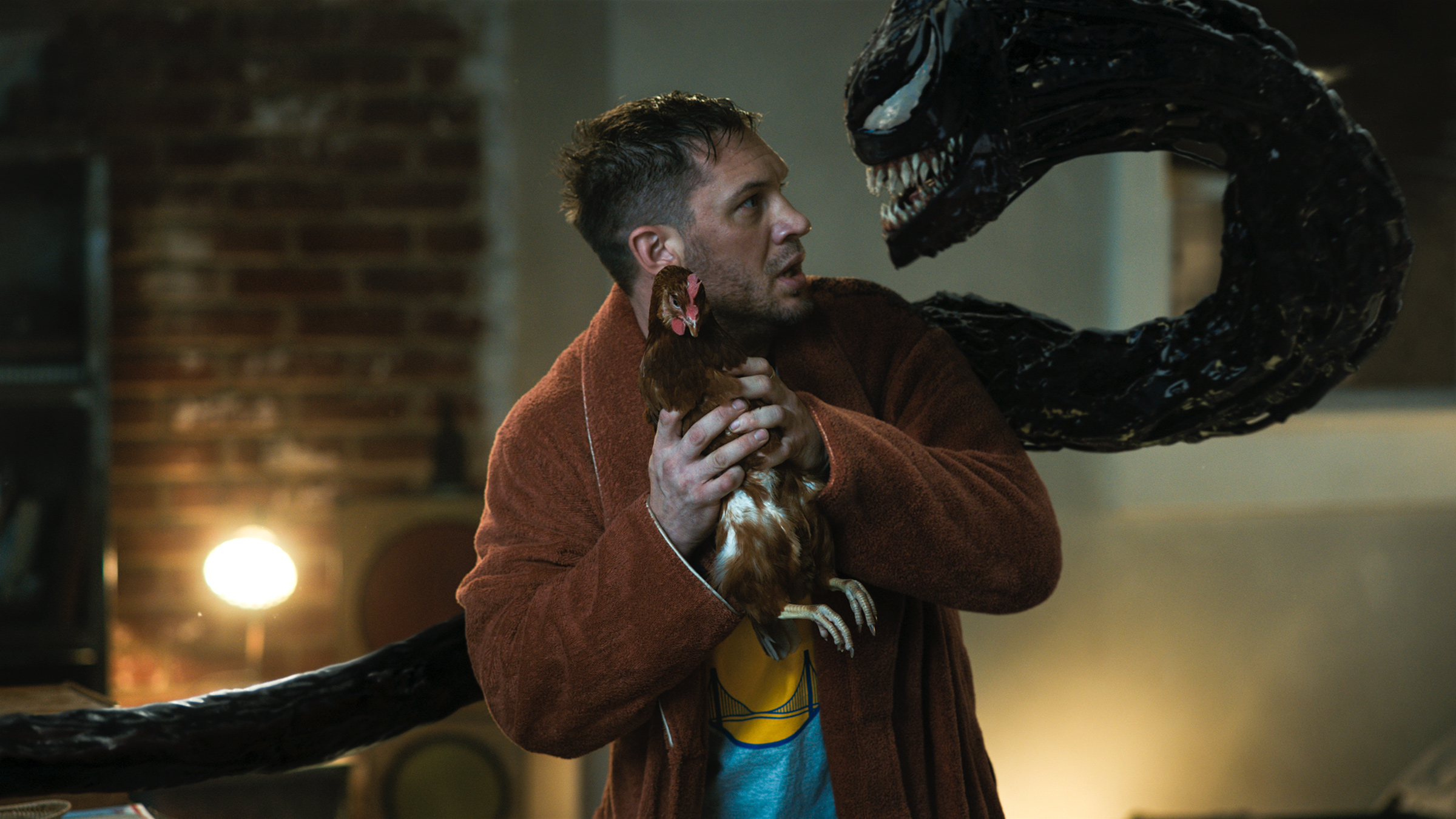
What are the relevant movies (and end-credits scenes)?
The end credits scene of Venom 2 (2021), Spider-Man: No Way Home (2021), the end credits scene of Morbius (2022)
Who broke open this multiverse?
Doctor Strange in Spider-Man: No Way Home again (even though he’s not in this universe)
What happened?
Here’s where things get seriously weird. Sony owns the rights to Spider-Man and all the Spider-Man characters. But the studio agreed to collaborate with Disney’s Marvel Studios on three Spider-Man movies (all the ones starring Tom Holland) and lend Holland to them for a few Avengers and Captain America films. But now Sony is trying to build its own cinematic universe centered on Spider-Man, and so they want Spidey back.
The entire plot of Spider-Man: No Way Home was basically built around the possibility that Peter Parker could disappear from the MCU without any of the other characters Marvel Studios owns noticing his absence. And it worked. If Tom Holland’s Peter Parker is sucked into a parallel universe, Doctor Strange and Captain Marvel won’t miss him because Doctor Strange conveniently cast a spell that made all of Peter’s friends and family forget him.
Anyway, so remember when Doctor Strange cast a spell summoning characters from parallel universes into the main MCU universe? We find out in the end credits scene for Venom 2 that Venom and his host Eddie Brock (Tom Hardy) are among the people conjured. It’s unclear why, exactly: in No Way Home, Doctor Strange tells Peter Parker that the only characters who broke into their universe are those who knew that Peter Parker was Spider-Man in some universe. That’s fine and dandy, except we have no reason to believe based on the Venom movies that Peter Parker exists in Venom’s universe or that, even if he did, Venom would have any idea who he is.
But no matter, because we learn in an end-credits scene for Spider-Man: No Way Home that before Venom could make his way to Tom Holland’s Peter Parker, he was zapped back to his own universe. (I hope they paid Tom Hardy well for this throwaway scene.) He does leave a little Venom symbiote behind to wreak havoc in the MCU if the two studios do decide to team up again.
Read More: Breaking Down the Spider-Man: No Way Home End Credits Scene
Meanwhile, the end-credits scenes for Morbius—which are both very confusing and have little to do with the film itself—reveal that Vulture (Michael Keaton), the villain from the first Tom Holland Spider-Man movie Spider-Man: Homecoming, was transported to Morbius’ universe when Doctor Strange sent the various Spider-Men and their enemies back to their home universes. No explanation is given for why this would be. No other characters that we know of were transported to the wrong universe. But, here he is. He meets up with Morbius (Jared Leto), who until this point in the film has been a good guy, and plots to attack Spider-Man. Morbius agrees, even though he should have no idea who Spider-Man is since Spider-Man does not exist in his universe. The whole thing is a mess.
Read More: Breaking Down The Morbius End-Credits Scenes and What They Mean for Spider-Man’s Future

What’s next?
It’s unclear what Spider-Man’s future holds. Holland is reportedly still debating whether he wants to return to the character, and Sony doesn’t have any new Spider-Man films slated yet. But presumably some actor will play some Spider-Man soon to serve the studio’s bottom line. Sony does, however, have another Spider-Man villain film, Kraven the Hunter, in the works, and recently announced Bad Bunny will play another Spidey baddie named El Muerto in a solo film.
Fun fact: Kraven will be played by Aaron Taylor-Johnson, who you may recall also played Quicksilver in the MCU. This seems to be a theme for Sony’s bad guys: Michael Keaton, of course, played Batman in the 80s and 90s, and Jared Leto played the Joker in that first Suicide Squad movie we’d all rather forget happened.
That’s not particularly pertinent to the plot of these films. But maybe some day when one corporation eats up all the other corporations, and there’s only one studio left in Hollywood, we’ll get some giant crossover movie where Keaton’s Batman fights Keaton’s Vulture and the Leto Joker pals around with the Leto Morbius.
The Spider-Verse Multiverse
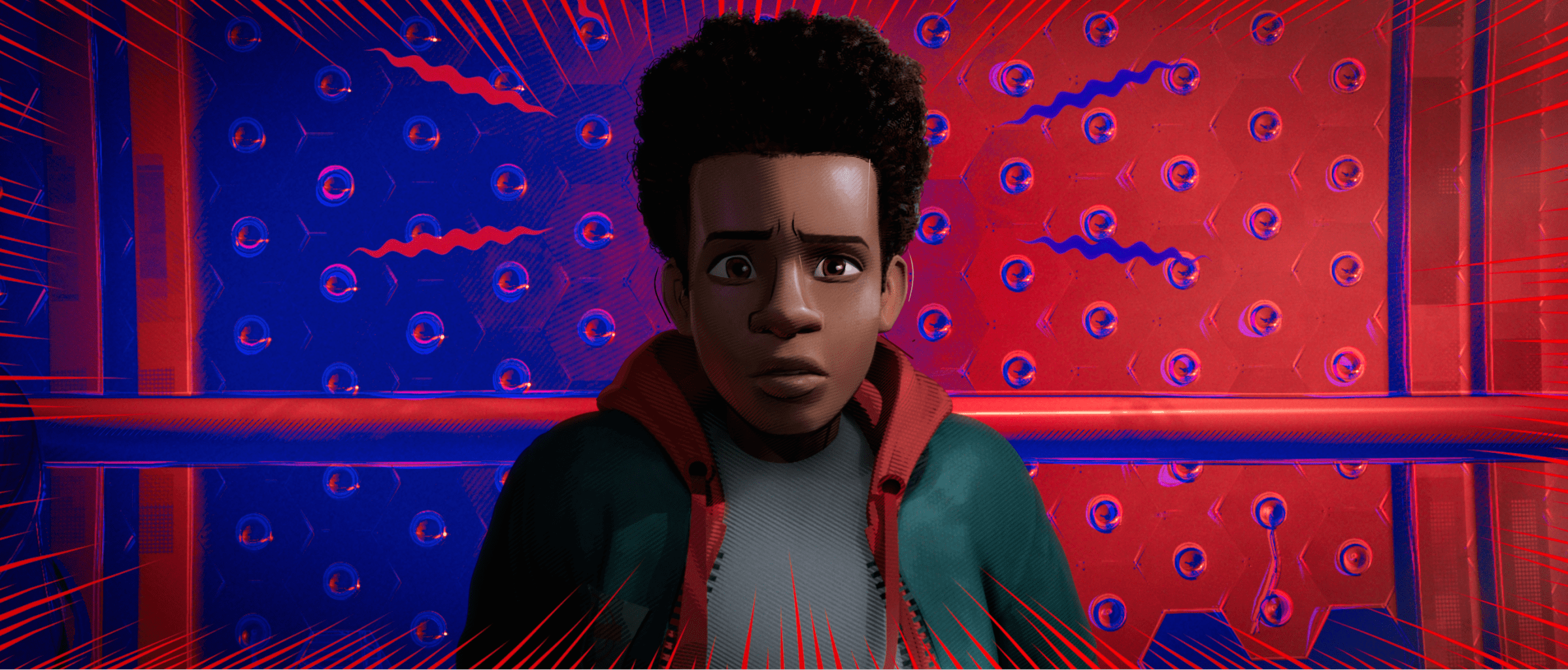
What are the relevant movies?
Spider-Man: Into the Spider-Verse (2018), Spider-Man: Across the Spider-Verse (Part 1) (2023)
Who broke open this multiverse?
Kingpin in Spider-Man: Into the Spider-Verse
What happened?
In the animated movie, a teen named Miles Morales (Shameik Moore) is bitten by a radioactive spider. He briefly begins training to be Spider-Man under Peter Parker, but before long the villain Kingpin (Liev Schreiber) Peter in a fight. Kingpin, in a bid to see his dead wife and child again, opens up portals to parallel universes, and Miles’ world is flooded by other Spider-people (and animals), including a much older and more depressed version of Peter Parker, Gwen Stacy’s Spider-Woman (Hailee Steinfeld), and a talking pig named Spider-Ham. Together, they work to defeat Kingpin and restore the multiverse.
What’s next?
We’re getting at least two more Spider-Verse movies: Across the Spider-Verse broken into two parts. The creators have not yet explained how the characters are able to re-open the multiverse and travel across parallel universes to pal around with each other.
It’s unclear whether the Spider-Verse films are part of the larger Sony-Marvel canon—or if they are just animated dimensions in the multiverse. But I hope that’s not the case since that first, Oscar-winning Spider-Verse movie was excellent and should not get mixed up in the Venom and Morbius nonsense.
Is it working?
It sure is. Credit where it’s due: Into the Spider-Verse introduced the concept of a multiverse to a wide audience and set the stage for Spider-Man: No Way Home, Doctor Strange in the Multiverse of Madness, Everything Everywhere All At Once, and all the other multiversal craziness to come.
Read More: Spider-Man: Into the Spider-verse Is Filled With Spider-People. Here’s Who They Are
The Star Trek Multiverse
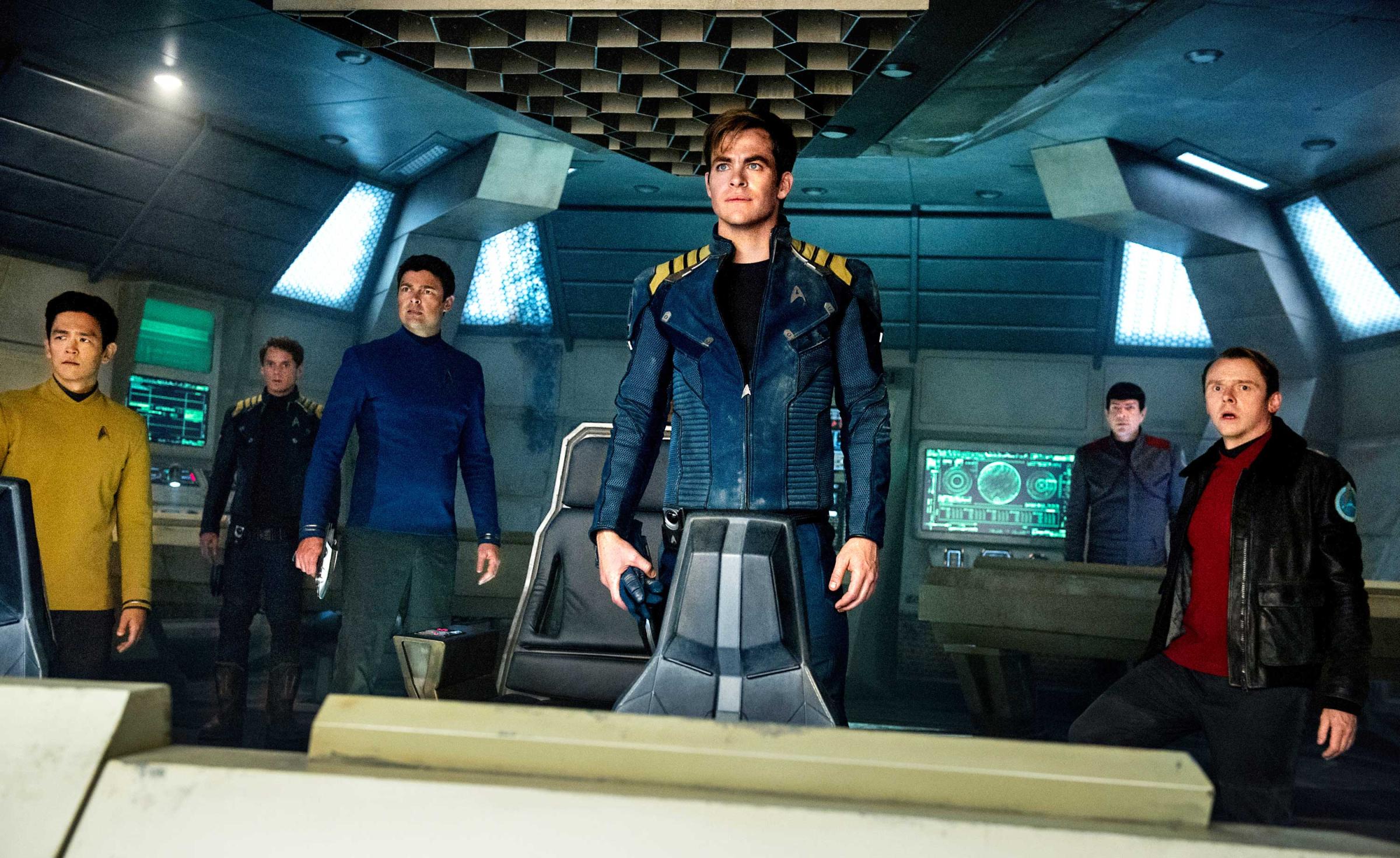
What are the relevant movies?
Star Trek (2009)
Who broke open this multiverse?
Nero and also sort of Spock
What happened?
So, technically, in several Star Trek iterations, characters have traveled back-and-forth from a “mirror” universe where their doppelgängers behave in strange and inverted ways. (See: Spock’s goatee in the Mirror-verse.) But we’re going to concentrate specifically on the branching timeline created by the J.J. Abrams-directed 2009 Star Trek movie.
Like the other Star Trek properties, the story centers on James Kirk, Spock, and Uhura, who are played by Chris Pine, Zachary Quinto, and Zoe Saldana in this iteration. But it’s set in a parallel timeline to the “prime” timeline where the other Star Trek TV series and movies take place.
In 2387 of the original “prime” timeline, a few decades after Star Trek: The Next Generation ends, a deadly supernova threatens the galaxy and destroys the planet Romulus. An elderly Spock (Leonard Nimoy) attacks the supernova with a substance called Red Matter. While Spock stops the Supernova, a Romulan man named Nero (Eric Bana) blames Spock for the destruction of his planet. Nero crashes his and Spock’s ship into a black hole created by the red matter, sending them back to the year 2233.
The ship appears in front of the U.S.S. Kelvin, where Kirk’s pregnant mother (Jennifer Morrison) and father (Chris Hemsworth) happen to be stationed. Nero attacks the federation ship, and kills Kirk’s father on the very day of Kirk’s birth. The black hole jump creates an alternate timeline that spins in a different direction than the original “prime” timeline. Lots of the same characters show up in both timelines, like Khan (played by Benedict Cumberbatch in the Kelvin timeline).
What’s next?
Currently running Star Trek TV series, like Discovery and Picard, continue to operate in the prime timeline. Meanwhile, a Star Trek 4 set in the Kelvin timeline has been in the works for years. It’s currently set for 2023, with Pine returning to star as Captain Kirk.
Read More: How Picard Fits Into the Star Trek Timeline
The DC Multiverse
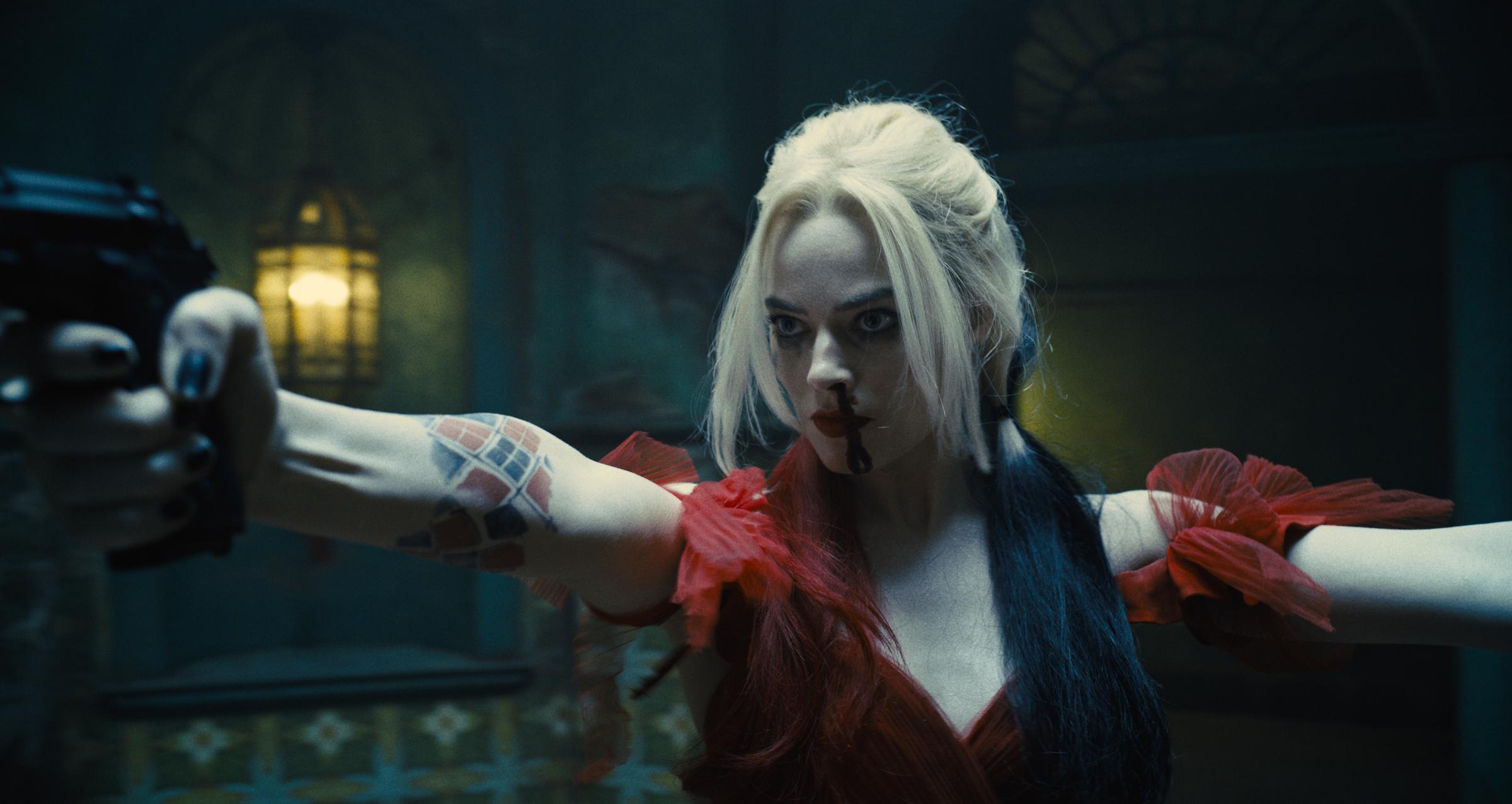
What are the relevant movies?
The Flash (2023)
Who broke open this multiverse?
The Flash will reportedly be responsible breaking open the multiverse in the upcoming Flash movie, though the fate of that franchise is up in the air following star Ezra Miller’s recent arrests.
What happened?
Warner Bros. has taken a “throw stuff at the wall and see what sticks” approach to the DC Entertainment Universe. It’s often unclear whether its movies exist in a united cinematic universe or not—and whether all that may change at any time. (More on that later.)
At some point, DC executives were maintaining that the DCEU was set across many different “earths.” Earth 1, let’s say, contained Ben Affleck’s Batman, Margot Robbie’s Harley Quinn, Jared Leto’s Joker, Gal Gadot’s Wonder Woman, Ezra Miller’s The Flash, and Jason Momoa’s Aquaman from the Justice League and Suicide Squad movies. A different Batman, perhaps the one played by Robert Pattinson in The Batman, might live on Earth 2. And another Batman, the little boy one from Joker, might live on Earth 3. And Michael Keaton’s Batman from the 80s and 90s might live on yet another earth. You get it: there are a lot of Batmen.
Read More: All the Batman Movies Ranked
It’s unclear what that means for, say, the two Suicide Squad movies that contained some of the same characters but elided others without explanation. Was it a sequel? A reboot? Who knows. The DC TV universe is a whole other can of worms: during a crossover event, called the “Crisis of Infinite Earths,” the shows actually destroyed its multiverse and forged ahead with a plan for “Earth Prime” that unites the storylines of shows like Supergirl, Arrow, and The Flash. (And yes, that’s a different Flash than Miller’s Flash.)
Several scenes in Zack Snyder’s Batman v Superman: Dawn of Justice and his cut of the Justice League movie presaged a future in which the Flash travels back in time to tell Batman that Superman is going to turn evil, and both heroes and villains across Suicide Squad, Justice League, Aquaman, Wonder Woman, and Man of Steel all must unite to fight a dictatorial Clark Kent. But the studio has not announced plans for any future Snyder-DC movies, so that world is unlikely to see Superman’s evil turn manifest on the big screen.
In theory, the planned Flash movie was supposed unite that earth along with all the other earths: the Flash can run so fast, he can cross the boundaries between parallel universes. Affleck’s Batman and Keaton’s Batman were both supposed to appear in that movie. And presumably the film would unite the DCEU and build the infrastructure for future crossovers.
However, in 2020, a video of Flash star Ezra Miller seemingly hitting a woman in a bar went viral. And in 2022, the actor was arrested twice in Hawaii—for disorderly conduct and harassment the first time, and second-degree assault the second time. (Miller is also the star of another Warner Bros. franchise, the Harry Potter spinoff Fantastic Beasts.) The Flash movie is still set for 2023, but given the publicity surrounding Miller’s arrests (and a Discovery-Warner Bros. merger that leaves the entire DCEU hanging in the balance), it’s unclear if and when that movie will premiere. Even if it does drop, it’s difficult to imagine the studio will be inclined to build the future of the franchise around Miller.
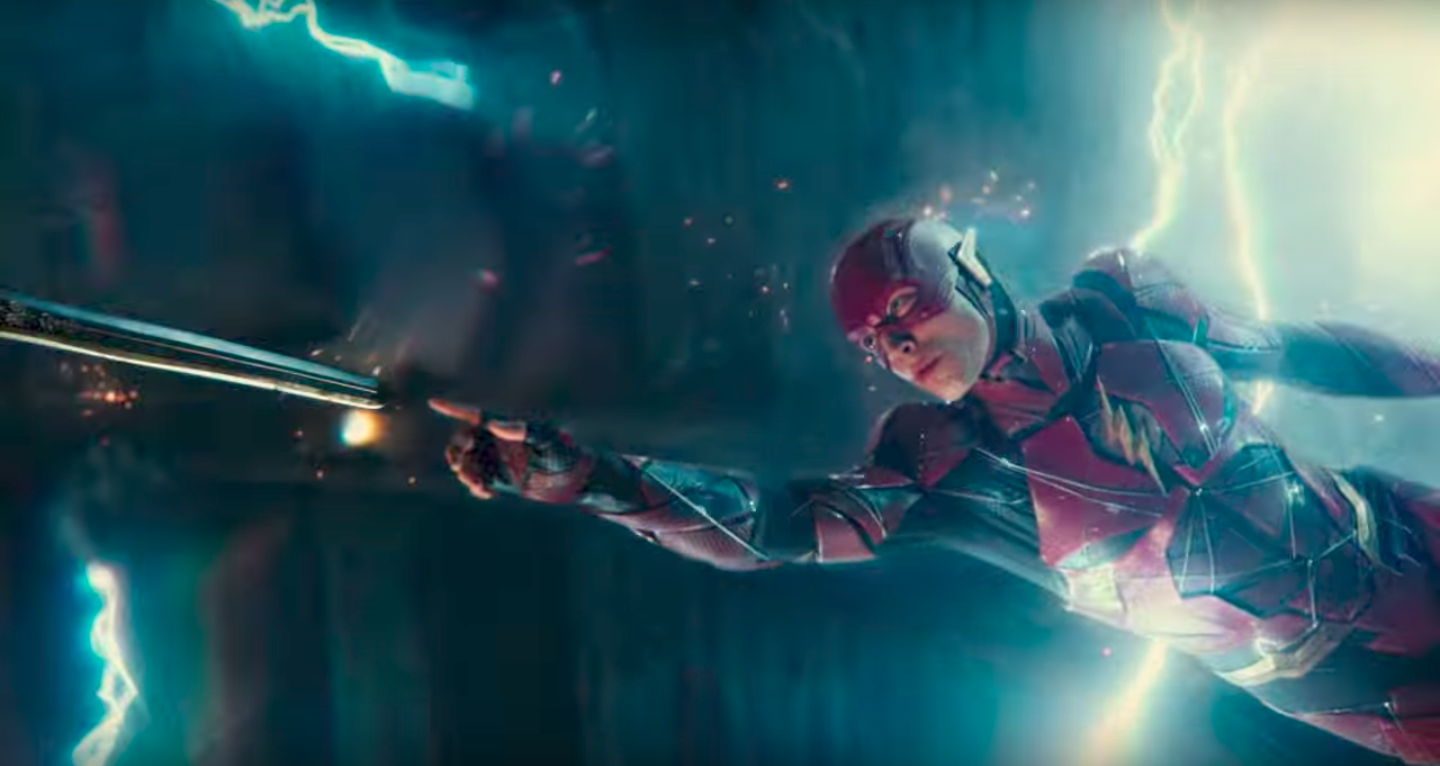
What’s next?
That is unclear. Reportedly, following the Warner Bros.-Discovery merger, the studio’s new corporate overlords are considering a total overhaul of the DCEU to align its disparate elements. Whether that means trying to unite the films they already have or scrapping all the projects in the works and starting from scratch remains unclear.
The studio recently greenlit a sequel to The Batman with Robert Pattinson. Movies like Aquaman 2 and Wonder Woman 3, which do not exist in the Pattinson Batman universe, are also in the works.
Is it working?
If Warner Bros. wants to create a coherent universe, then no, it’s not working. Whatever you think of the MCU movies, Marvel Studios painstakingly built backstories for many of its major characters before uniting them in team-up films like the Avengers. Warner Bros. didn’t bother taking that time, and instead crammed origin stories for characters like The Flash, Cyborg, and even Ben Affleck’s iteration of Batman into the Justice League movie —and it showed.
If Warner Bros. doesn’t particularly care about a coherent story across its projects, then sure, it’s sort of working. Joker and The Batman both performed well commercially, even though they had nothing to do with one another and theoretically took place on “different earths.” Nor were either of those movies particularly affected by the failures of the Batman storylines in the Batman v. Superman movie as a result.
Still, the DCEU movies don’t tend to perform as well critically or commercially as the more united MCU films. It’s also tiresome to think of three or more different Batmen running around at the same time, so it makes sense that the studio was planning to unite its many plot lines with the Flash movie. If that film never sees the light of day, the studio may want to find another way to unite its characters.
The Everything Everywhere All At Once Multiverse
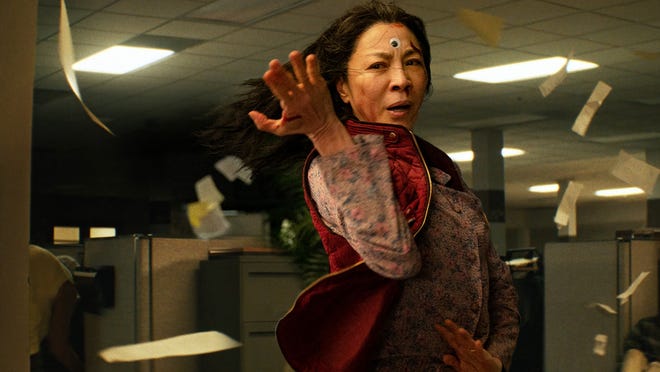
What are the relevant movies?
Everything Everywhere All at Once (2022)
Who broke open this multiverse?
Jobu Tupaki
What happened?
Evelyn Wang (Michelle Yeoh), a mother who is dissatisfied with her life choices, learns of an evil presence that threatens to unravel all of reality, and she’s the only who can save the multiverse. She learns to tap into the powers of her other selves—a movie star, a fighter, a rock—by “verse jumping,” which requires doing something bizarre like declaring your love for someone you hate or wearing shoes on the wrong feet. Eventually, she finds the source of the interdimensional rupture. She learns that the culprit is an alternate-universe version of her daughter Joy, the all-powerful Jobu Tupaki, whose power to traverse lives has led her to the nihilistic point of view that nothing matters. Jobu Tupaki tries to talk her mom into annihilating themselves together. Eveyln’s husband, Waymond (Ke Huy Quan), helps Evelyn and Joy learn that if nothing matters, than at least be nice to other humans, and the family finds newfound meaning in their bond together.
What’s next?
Hopefully, nothing. While Everything Everywhere All at Once has benefitted from plenty of critical praise and been a surprise hit at the box office, the story wraps up nicely. There doesn’t seem to be a reason to make a sequel. Hopefully the directing team behind the movie can come up with an entirely new, equally inventive idea rather than churning out another franchise.
Is it working?
Everything Everywhere is proof that multiversal storytelling can have actual emotional depth. That said, I hope this doesn’t mean we’re plunged into a world of indie multiverses, because I’m already exhausted trying to keep up with the ones created by major studios.
More Must-Reads from TIME
- Cybersecurity Experts Are Sounding the Alarm on DOGE
- Meet the 2025 Women of the Year
- The Harsh Truth About Disability Inclusion
- Why Do More Young Adults Have Cancer?
- Colman Domingo Leads With Radical Love
- How to Get Better at Doing Things Alone
- Michelle Zauner Stares Down the Darkness
Write to Eliana Dockterman at eliana.dockterman@time.com